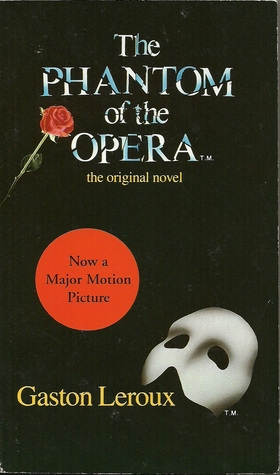The Paris Opera House is haunted by a ghost. Rumors abound to his desires and methods, but no one has ever seen him. Young Swede Christine Daae is one of the new singers on the stage and has heard the ghost first hand. When a childhood friend of Christine’s sees her singing on the stage and falls in love with her, the ghost of the opera becomes violent, even murderous in his jealousy, until Christine suddenly disappears.
The form of The Phantom of the Opera is a perfect example of gothic tragedy horror. Who is the phantom? Why do we spend so much time learning about Christine Daae, her childhood, and her deceased father’s promise of an angel of music that protects her? How long is Raoul going to follow Christine? Why has no one seen in the opera seen the ghost? The opera house is so big and sprawling (and beautifully described), so what hope do we have of ever seeing the ghost? There is an incredible build up to meeting the phantom in his very own book. He lives in the shadows, both literally and figuratively, which heightens suspense and makes him mysterious and exciting.
When the phantom finally emerges, he is at once vulnerably human and shockingly monstrous. The phantom has only ever wanted to be loved, but his facial disfiguration caused his own mother to shun him. He becomes cold and calculating, then finds love in a young woman. She initially finds him alluring and glamorous, but because of his nature he hopes too forcefully. He’s romantic and insane, and he has no hope for a happy ending. It’s phantasmagorical, marvelous, grotesque—perfectly gothic.
Recommended for fans of dark tragic romances and slow suspenseful horror!
“If I am the phantom, it is because man’s hatred has made me so. If I am to be saved it is because your love redeems me.”
